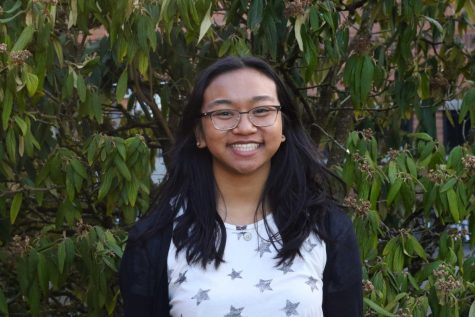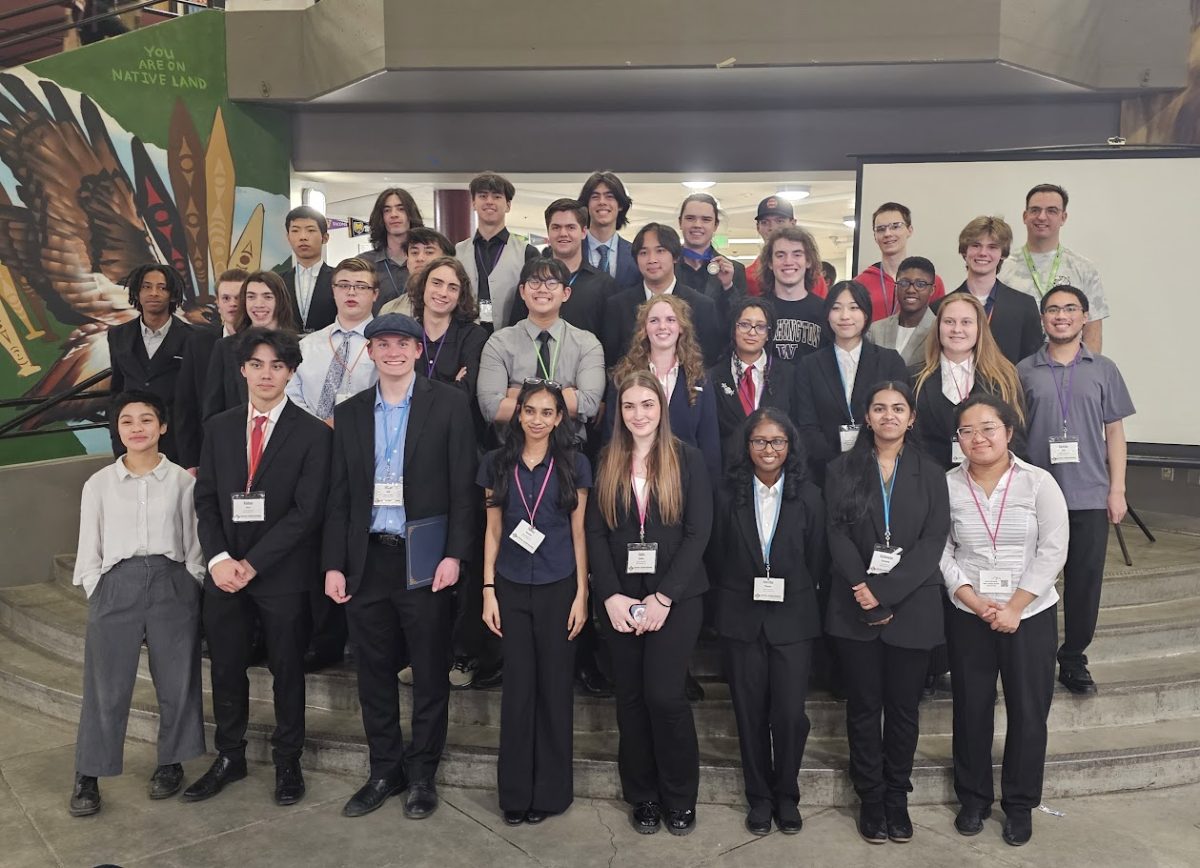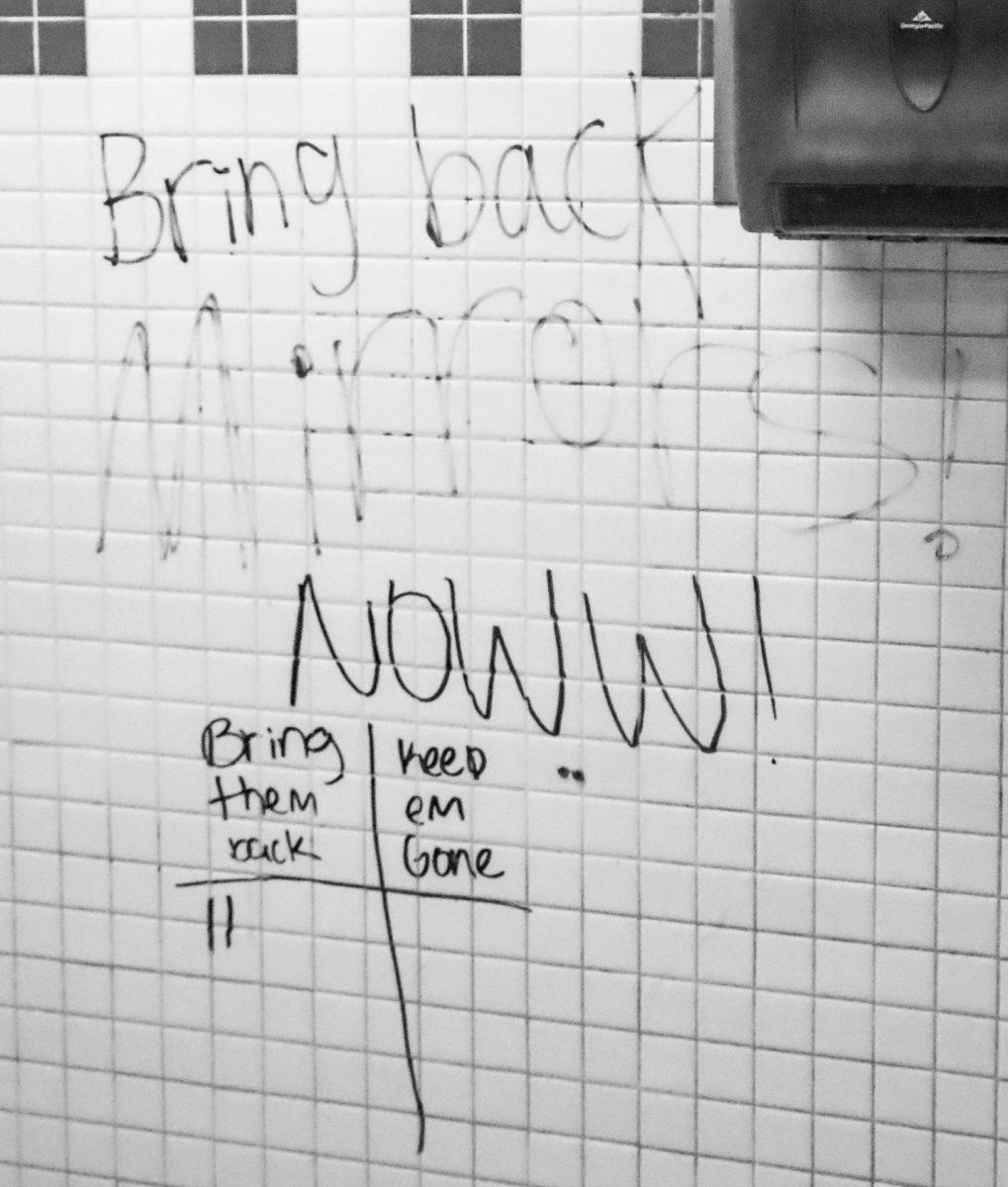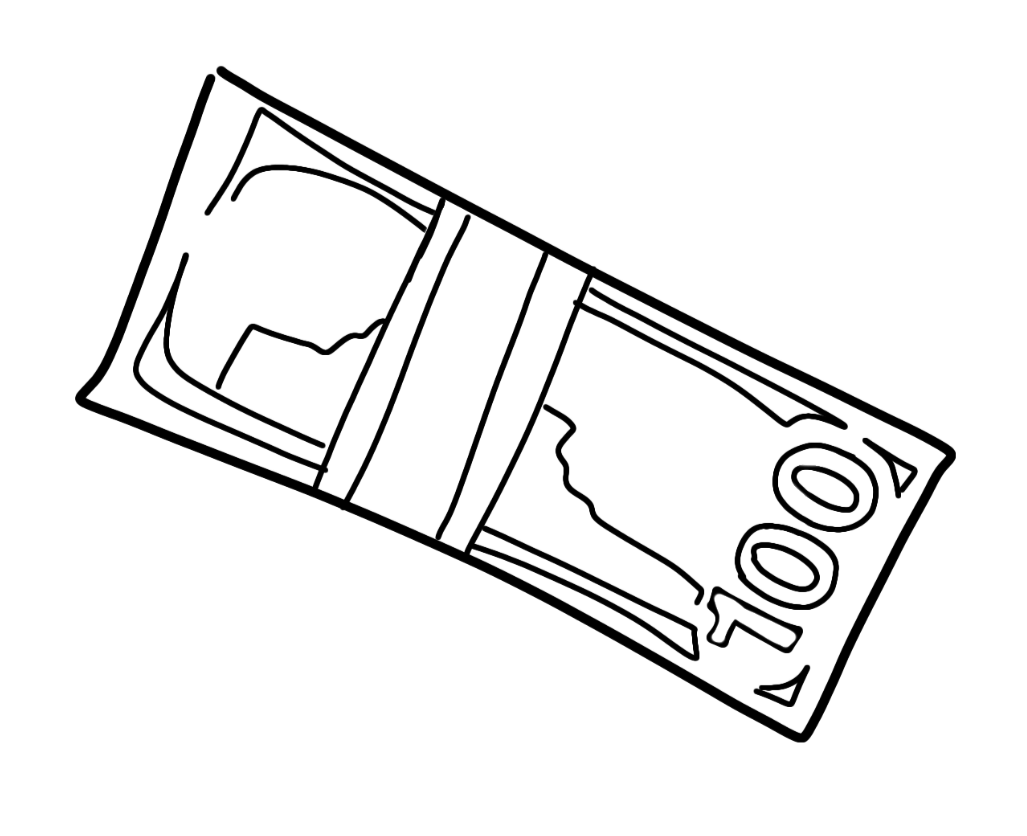Annual adjustments have been made to the qualifications to be in the free and reduced-price school meal program, simply known as the Free and Reduced Lunch (FRL) program. This year, the maximum household income needed for students to qualify for FRL has increased.
Related story: Misconceptions around free, reduced meals causes stigma
To be able to apply for FRL, a student’s household must earn $7,733 or less per household member. This standard is effective from July 1, 2017 to June 30, 2018. Last year, the cutoff income amount was $7,696.
Corresponding values for income limits for FRL are represented in an Income Chart in the application for the program. Under Section 9 of the National School Lunch Act, the federal government is required to adjust the Income Chart according to the Federal Poverty Guidelines.
Families have to reapply for FRL every school year. Qualifying for FRL is similar to other government food support programs such as Basic Food and the Supplemental Nutrition Assistance Program, also known as food stamp programs. If the family income has increased or the household size has changed, then a family might not qualify for FRL.
Students who applied for FRL last school year will be valid for receiving those benefits until October 17. By then, they will need to reapply for FRL, which also covers costs for things such as national and Advanced Placement testing.
Related story: School district elects to eliminate courtesy meals








